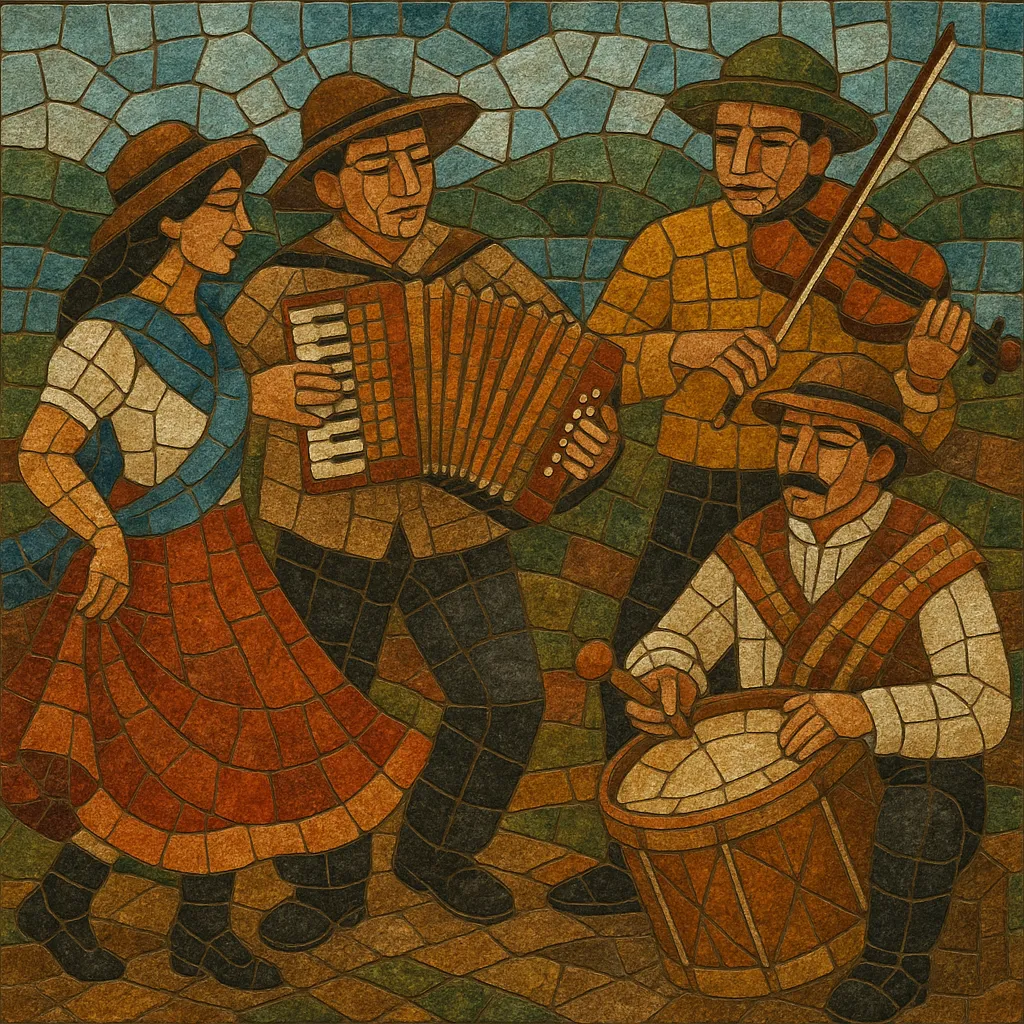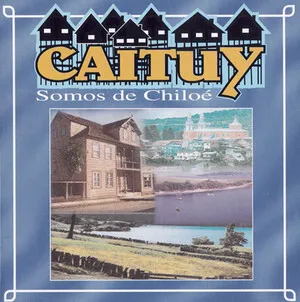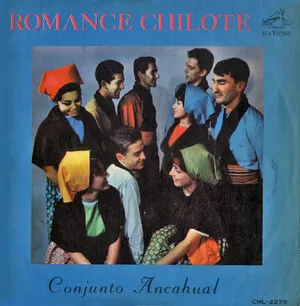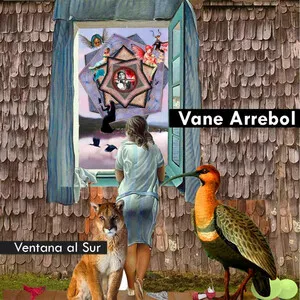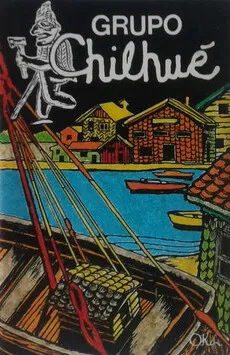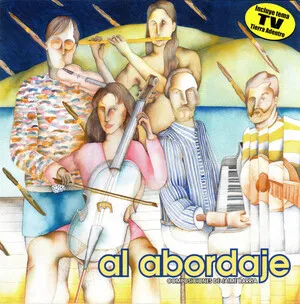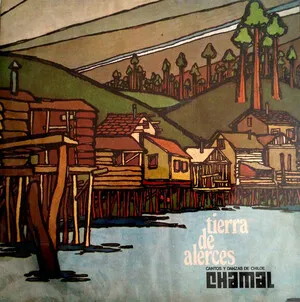Chilote music is the folk music of the Chiloé Archipelago in southern Chile. It blends Iberian dance forms brought by Spanish colonists and missionaries with local seafaring life, rural work songs, and Catholic devotional practices. The result is a repertoire that is simultaneously dance-driven and narrative, deeply tied to the rhythms of island life.
Typical pieces include lively couple and chain dances such as the pericona, sirilla, and trastrasera; along with the vals chilote (Chilote waltz) and polka, all commonly accompanied by diatonic button accordion, guitar, violin/fiddle, and bombo (bass drum) or hand percussion. Lyrics often reference the sea, boat-building, mingas (communal work gatherings), and the region’s powerful mythology (Caleuche, Pincoya, Trauco), balancing festive social music with ballad-like storytelling.
Chilote music arose in the Chiloé Archipelago during the 1800s, when Spanish colonial influence (particularly dance forms and Catholic liturgy) met the realities of island life. Mission settlements and wooden church communities fostered devotional singing and villancicos, while rural households and boatyards sustained a secular repertoire of dance tunes and narrative songs.
Throughout the 19th century, European couple dances such as the waltz and polka were localized, becoming the vals chilote and lively polkas with regional flavor. Iberian ballad traditions (romances) and Chilean cueca practice mingled with local forms like pericona and sirilla, producing a compact island repertoire performed at home gatherings, fiestas costumbristas, and communal labor events (mingas).
Mid‑20th‑century folklorists and ensembles helped document and stage Chilote repertory beyond the islands. Field collectors, researchers, and national folk ensembles integrated Chilote suites (pericona, trastrasera, vals) into concerts, radio, and recordings, preserving texts, dance steps, and instrumental practices while introducing the style to wider Chilean and Latin American audiences.
Since the 1980s, regional groups have renewed Chilote music with careful arrangements for accordion, strings, and voice, sometimes incorporating chamber-folk or contemporary production while keeping traditional dance meters and storytelling intact. Festivals in Castro, Ancud, and other towns keep the dance tradition alive, and local schools and cultural organizations teach repertoire, dance, and lutherie, ensuring intergenerational transmission.

